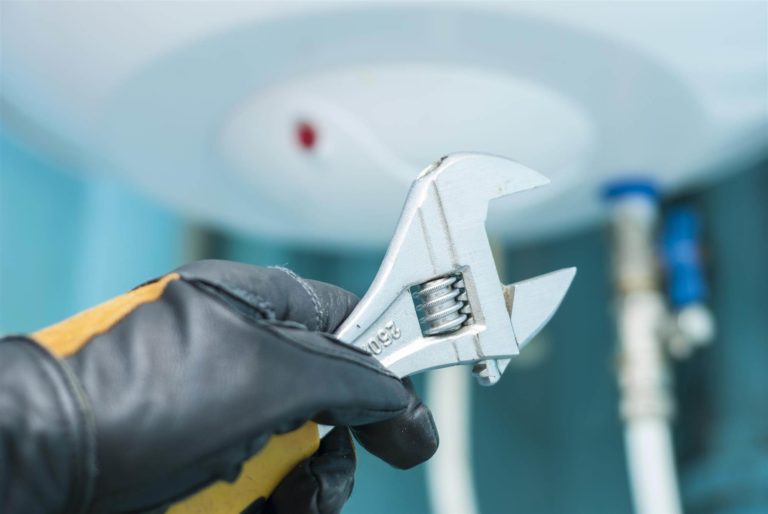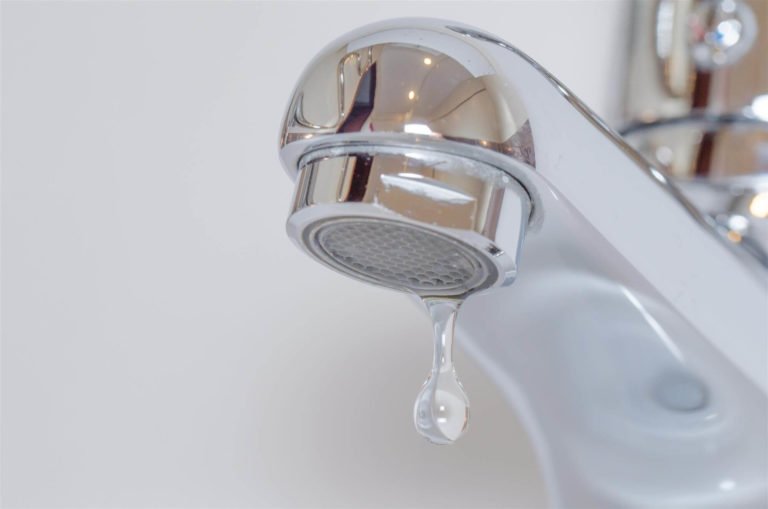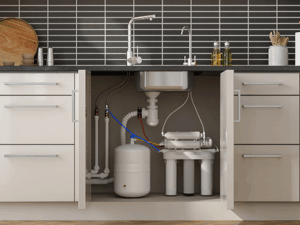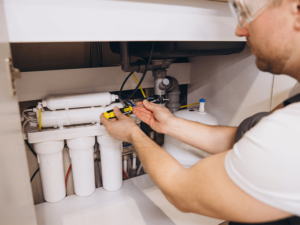A plumbing leak can be very costly to fix, especially if it’s a leak that’s been left unattended for a long period of time. Homeowners with plumbing leaks may not even know that they have one, or what they should do once they find one.

In some cases, a small leak can be easy for a homeowner to repair. Most of the time, though, you’ll need to rely on the experience of the plumbers in Annapolis in order to ensure that your leak has been handled properly.
Detecting the Leak
Discovering a leak can be irritating, at best, and terribly expensive, at worst. However, homeowners that keep an eye out for the following signs may be able to fix their leak before it becomes a real problem.
Screeching noises – If you’re noticing a high pitched hissing noise when you turn your faucets on or off, it could indicate that your “bleed-off” system is broken, which could mean that you have a leak.
Low water pressure – Although different plumbing problems like clogs and obstructions could be responsible for a decrease in your home water pressure, it could also be sign that you have a leak somewhere in the house.
Mold or mildew – If you’re noticing an increase in mold growth in your bathroom, or if you’re noticing a persistent mildew smell no matter how much you clean, a leak behind your wall could be the reason.
Your water bill – If you’ve noticed that your water bill has gone sky-high lately, but can’t pinpoint exactly why, then it may be time to start looking for a leak.
Signs like these are easy indicators that you need a visit from an experienced plumber. Although these visits can be expensive if the leak has already done a lot of damage, there are a few things you can do that may make the bill a little easier to manage.
Locating a Leak

A leak can be behind your walls, under your sink or even inside your water-based appliances. If you want to do as much research before the plumber arrives, you can follow these steps to track down where your water is going.
- Check your faucets – If your sink faucets or showerhead give off inconsistent pressure, then the leak is probably near those areas.
- Use the food coloring trick – If you suspect that the leak may be originating in your toilet, try putting a little bit of food coloring in the upper tank. If the food coloring makes it into the bowl without a flush, then you’ll know that the problem is simply the toilet.
- Check your water main – If you can’t seem to find the source of your leak, use your shut-off valve to cut off the flow of water to your home. If your meter continues to move, then the leak may even be between your meter and your shut-off valve.
Any information that you can give to a plumber before they arrive at your house will be useful and potentially save you money. After all, if a plumber has no leads when looking for a leak, they’ll be forced to do a little exploratory work, which could end up costing much more than the leak itself.
Sources




